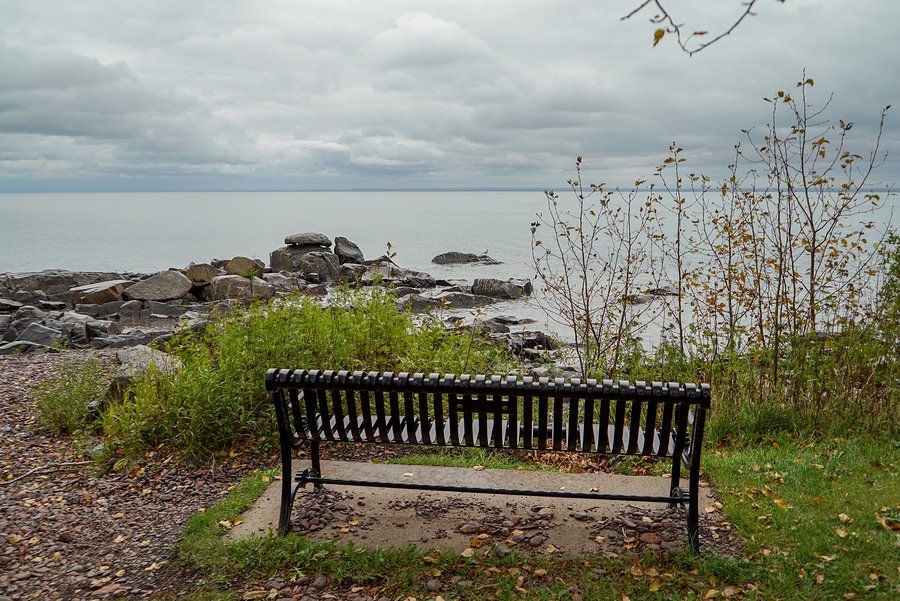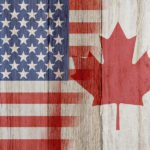Executive order directs Minnesotans to limit movement to slow the spread of COVID-19
ST. PAUL, MN – To slow the spread of COVID-19 across the state, Governor Tim Walz today (March 25) signed Executive Order 20-20 directing Minnesotans to stay at home and limit movements outside of their home beyond essential needs. This order takes effect at 11:59 p.m. on Friday, March 27 and ends at 5 p.m. on Friday, April 10.
“We must take bold action to save the lives of Minnesotans,” said Governor Walz. “Having served as a Command Sergeant Major in the Army National Guard, I know the importance of having a plan. While the virus will still be here when this order ends, this action will slow the spread of COVID-19 and give Minnesota time to ready for battle.”
Modeling released today by the Minnesota Department of Health and University of Minnesota predicts that more than 70,000 Minnesotans could die from COVID-19 if we take no action. The Governor’s two-week order to stay home is forecasted to significantly slow the spread of COVID-19 and allow the state time to make key preparations for the pandemic. These preparations include building hospital capacity, increasing access to life-saving equipment like ventilators, increasing testing, planning for how to care for vulnerable populations, and assessing public health data to determine which community mitigation strategies are most effective.
“We will work with our world-renowned health care sector, cutting-edge manufacturers, innovative business community, and strong-spirited Minnesotans across the state to tackle this virus head on,” Governor Walz continued. “These are trying times. But we are Minnesotans. We see challenges—and we tackle them. No matter how daunting the challenge; no matter how dark the times; Minnesota has always risen up—by coming together. If we unite as One Minnesota, we will save lives.”
Minnesotans may leave their residences only to perform any of the following activities, and while doing so, they should practice social distancing:
- Health and safety activities, such as obtaining emergency services or medical supplies
- Outdoor activities, such as walking, hiking, running, biking, hunting, or fishing
- Necessary Supplies and Services, such as getting groceries, gasoline, or carry-out
- Essential and interstate travel, such as returning to a home from outside this state
- Care of others, such as caring for a family member, friend, or pet in another household
- Displacement, such as moving between emergency shelters if you are without a home
- Relocation to ensure safety, such as relocating to a different location if your home has been unsafe due to domestic violence, sanitation, or essential operations reasons
- Tribal activities and lands, such as activities by members within the boundaries of their tribal reservation
“Our top priority is the health and safety of Minnesotans,” said Lieutenant Governor Peggy Flanagan. “As the mom of a first-grader and the daughter of a parent with underlying health conditions, I know that the coming weeks will be difficult for many Minnesota families, but social distancing is the most important action we can take as a community to limit the spread of COVID-19 and care for each other.”
“Public health and health care workers around the state are working incredibly hard to protect Minnesotans from this outbreak, and we need all Minnesotans to do their part to slow the spread,” Minnesota Department of Health Commissioner Jan Malcolm said. “These new measures will buy us much-needed time to secure additional resources and line up additional protections for our most vulnerable Minnesotans.”
Workers who work in critical sectors during this time are exempt from the stay at home order. These exemptions are based on federal guidance from the Cybersecurity and Infrastructure Security Agency (CISA) at the U.S. Department of Homeland Security with some Minnesota-specific additions. This includes, but is not limited to, jobs in:
- Healthcare and public health;
- Law enforcement, public safety, and first responders;
- Emergency shelters, congregate living facilities, drop-in centers;
- Child care;
- Food and agriculture;
- News media;
- Energy;
- Water and wastewater; and
- Critical manufacturing.
The Governor also today issued executive orders extending the closure of bars, restaurants, and other public accommodations set forth in Executive Orders 20-04 and 20-08 until May 1, 2020 at 5:00 pm and authorizing the Commissioner of Education to implement a Distance Learning Period for Minnesota’s students beginning on March 30 through May 4, 2020.
The Governor’s Executive Orders will have the full force and effect of law upon approval by the Executive Council.
Updates on the COVID-19 pandemic in Minnesota are available here. Frequently asked questions are available here.




